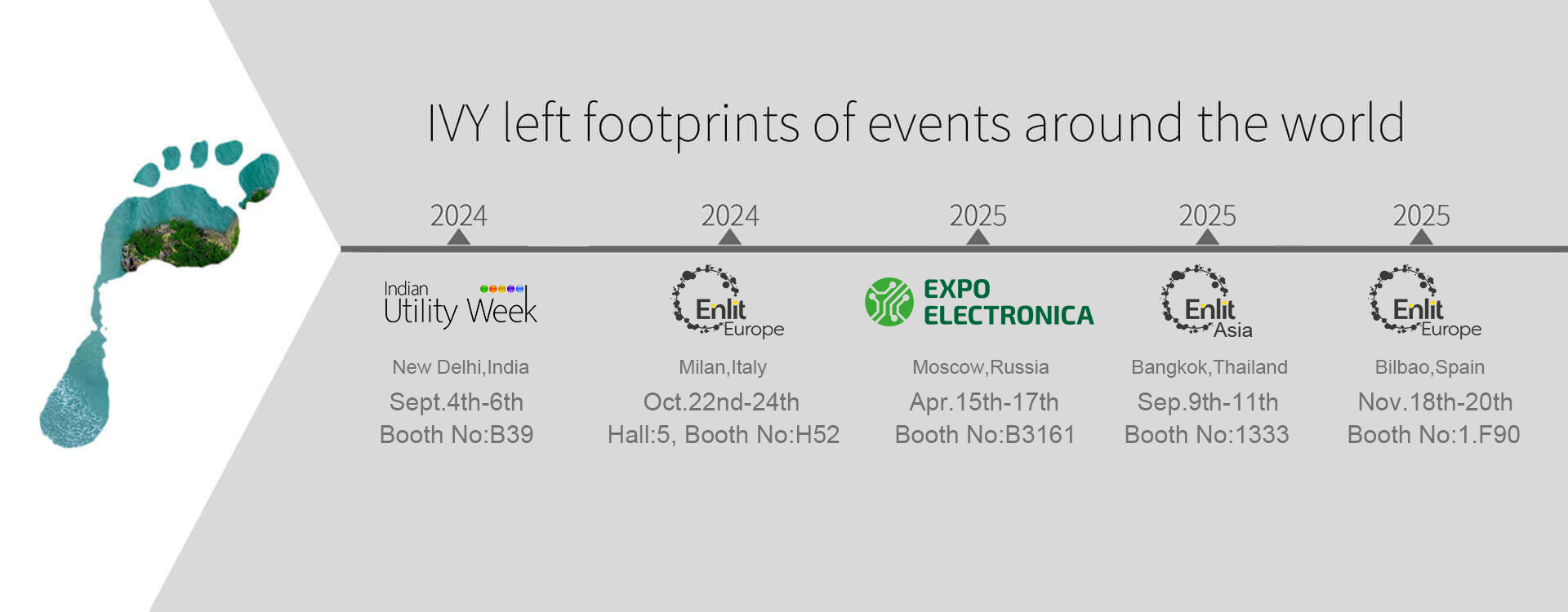EV Charging Safety Protection -Type B RCD
Electric vehicle (EV) chargers - Within an electrical vehicle, the AC/DC conversion process ensures that charging of the electrical vehicle occurs within the confines of the electric vehicle itself. Electrical vehicle manufacturers state that, in the case of a 3-phase charger, DC current leakage can occur. The same phenomenon is replicated in the case of a single-phase charger with a boost stage.
The electrical vehicle cannot be fully isolated and therefore proper protection against DC residual current is needed in the system. The protection can be accomplished either with a 6mA detection device (Residual direct current detecting device, RDC-DD) inside the charger or with a Type B RCD either inside the panel board or inside the charger itself.
The Type B RCD ensures better continuity of service and protection because it will detect DC current and its tripping value is much higher than 6mA DC. The IEC 62643 requires that RCD trips for DC residual current are not greater than 60mA. This value is lower than the ventricular fibrillation threshold in DC. Type B RCD will also detect earth leakage current at frequencies higher than 50/60Hz which is not the case with a 6mA RCD-DD.
Electric vehicles are becoming more mainstream but remain in the early stages of development and commercialization. Building out a rapid-charging infrastructure is critical to ensuring the continued growth of EVs, and sensors are central both to the vehicles and to the infrastructure. Detection applications require sensors for measuring voltage, temperature, and current. Because DC and AC errors can occur in customer applications, a DI sensor that can monitor current residuals is required. And in EV charging applications, sensors can be used to drive the power contactors directly.
If you are looking for A type RCD or type B/Type B+ RCD plz visit www.ivy-metering.com for more information.












